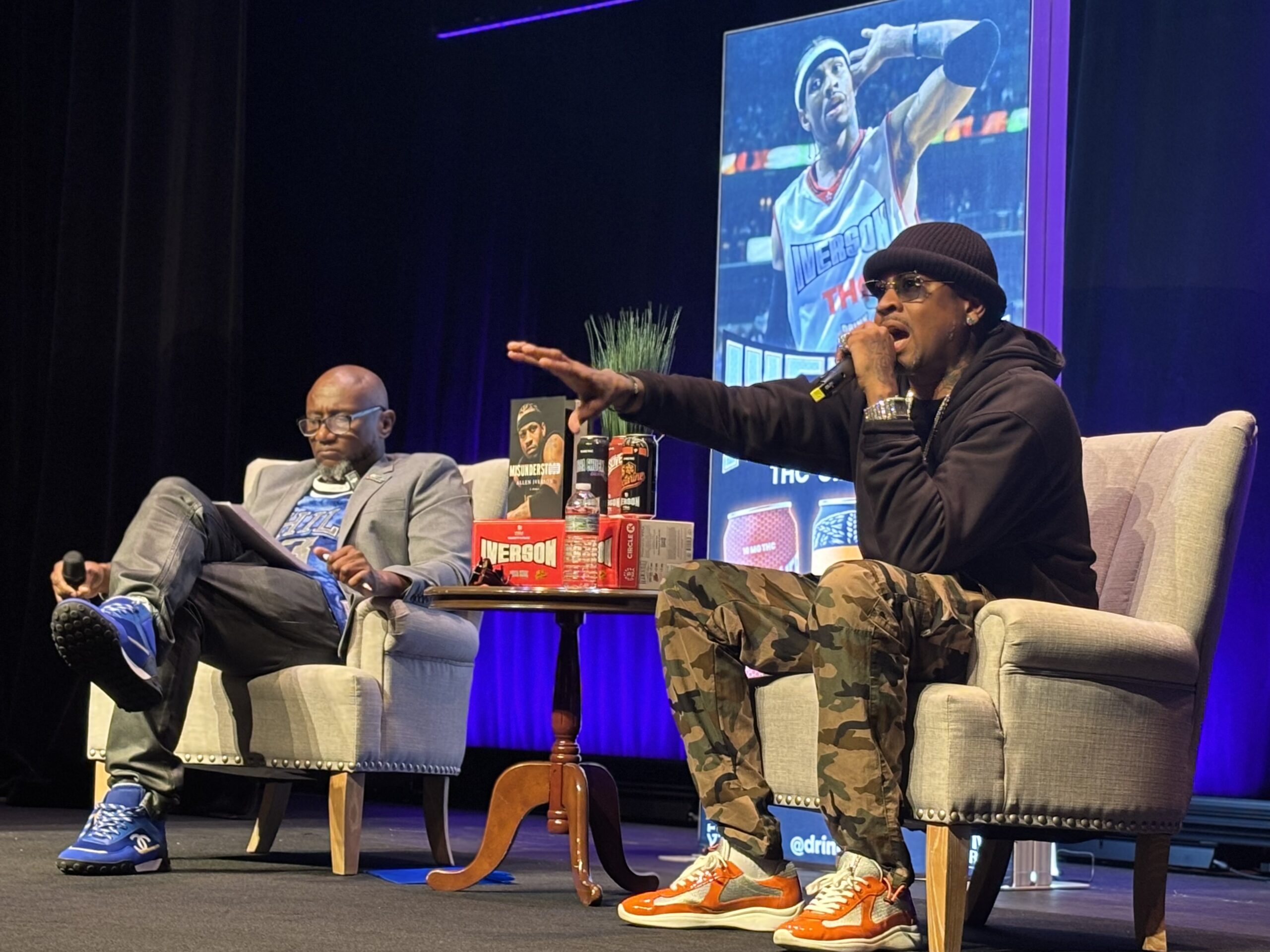(NEW YORK) — Fashion is more than clothes; it’s about storytelling, identity, and legacy. André Leon Talley, the legendary editor and creative who changed the way the world saw fashion and culture, truly embodied this. His time at Vogue as creative director and editor-at-large redefined what elegance and Black influence and artistry looked like.
Carrying that same energy forward is Antoine Gregory, a fashion consultant, curator, and founder of Black Fashion Fair, a platform that celebrates and uplifts Black designers. Through his work, Gregory has become a leading voice in preserving and documenting Black fashion history while creating opportunities for emerging talent to be seen and valued within the industry.
His latest project, André Leon Talley: Style Is Forever, is a visual tribute to Talley’ life and legacy told through his wardrobe and the people who knew him best.
The Click sat down with Gregory to talk about the book and why it matters.
The interview was edited for length and clarity.
The Click: Can you tell me about the process that went into creating it? Start from the very beginning and what it was like being asked to be a part of this opportunity?
Antoine Gregory: Shortly after André passed away, SCAD [ Savannah College of Art and Design] reached out to me about an exhibition and catalog they were putting together. They really wanted me to be a part of it. They knew I had a strong relationship with André and also with SCAD, so I said “yes.” Over the past two and a half years, we’ve been working to bring the project to completion.
We shot all the imagery in Savannah, Georgia, over the course of two weeks. We went through his entire wardrobe, which he had left to SCAD as a gift to both the museum and the college. We used mannequins sculpted to match André’s body.
The Click: Take a step back and talk more about your personal relationship with André. Do you mind briefly sharing how you two met and connected?
Gregory: Sure. I first met André while I was still a student at FIT. I think he had just released his documentary “The Gospel According to André.” After a conversation he had with Vanessa Friedman from The New York Times, we connected and started talking about his career, the documentary, and his relationship with his grandmother.
Two years later, I launched my own publication called Black Fashion Fair, and we were actually preparing to interview him for it. Unfortunately, he passed away before we were able to release the interview, so it was never published.
The Click: Let’s talk about the book. It tells a story through photography and visuals. What would you say is your favorite moment from the book or the thing you’re most proud of?
I’m most proud of the list of contributors we were able to include such as Mariah Carey, Dapper Dan, Anna Wintour, Diane von Furstenberg, and Zac Posen.
My first introduction to André Leon Talley was actually through Mariah Carey’s The Emancipation of Mimi album, where he was creative director and worked alongside June Ambrose, who was her stylist at the time. Having Mariah contribute to the book felt like a full-circle moment.
The Click: As the creative director of the book, what story did you want to tell and what do you hope viewers and readers take away?
I wanted people to understand that clothing lives too. The garments we wear are part of our life stories. With André, you could see his outfits in photos of him actually wearing them, you could feel where they’d been, how they’d been lived in.


